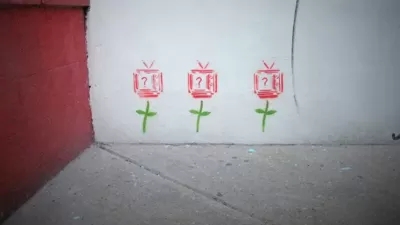The year-long program will begin in November, laying a foundation for a national carbon market.

Before launching a national carbon market in 2018, Mexico will undertake a 12-month carbon pricing demonstration project beginning in November of this year.
Regulators will recruit about 60 businesses to join the pilot, offering them the opportunity to provide input that could help shape the nascent cap-and-trade system. CleanTechnia offers a brief description of the current setup, which follows a fairly standard model:
This type of pricing scheme starts with officials setting a national limit that will bring down the levels of toxic greenhouse gas emissions from participating organizations. Regulators can then adjust the limit downward as the polluting entities comply and incorporate sustainable forms of renewable energy and industrial improvements. All participants can exchange tradable certificates to offset their emissions. Firms and other groups that lower emissions below their caps can then sell their excess allowances to other businesses that have not yet succeeded in holding to their own limits.
As part of the international climate accord reached in Paris last year, Mexico committed to reducing national greenhouse gas emissions by 22 percent by 2030, as well as to generating 50 percent clean energy by 2025.
FULL STORY: Mexico Will Launch Carbon Pricing In November

Maui's Vacation Rental Debate Turns Ugly
Verbal attacks, misinformation campaigns and fistfights plague a high-stakes debate to convert thousands of vacation rentals into long-term housing.

Planetizen Federal Action Tracker
A weekly monitor of how Trump’s orders and actions are impacting planners and planning in America.

In Urban Planning, AI Prompting Could be the New Design Thinking
Creativity has long been key to great urban design. What if we see AI as our new creative partner?

King County Supportive Housing Program Offers Hope for Unhoused Residents
The county is taking a ‘Housing First’ approach that prioritizes getting people into housing, then offering wraparound supportive services.

Researchers Use AI to Get Clearer Picture of US Housing
Analysts are using artificial intelligence to supercharge their research by allowing them to comb through data faster. Though these AI tools can be error prone, they save time and housing researchers are optimistic about the future.

Making Shared Micromobility More Inclusive
Cities and shared mobility system operators can do more to include people with disabilities in planning and operations, per a new report.
Urban Design for Planners 1: Software Tools
This six-course series explores essential urban design concepts using open source software and equips planners with the tools they need to participate fully in the urban design process.
Planning for Universal Design
Learn the tools for implementing Universal Design in planning regulations.
planning NEXT
Appalachian Highlands Housing Partners
Mpact (founded as Rail~Volution)
City of Camden Redevelopment Agency
City of Astoria
City of Portland
City of Laramie




























